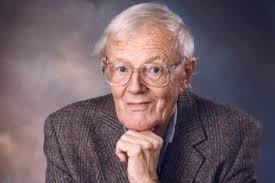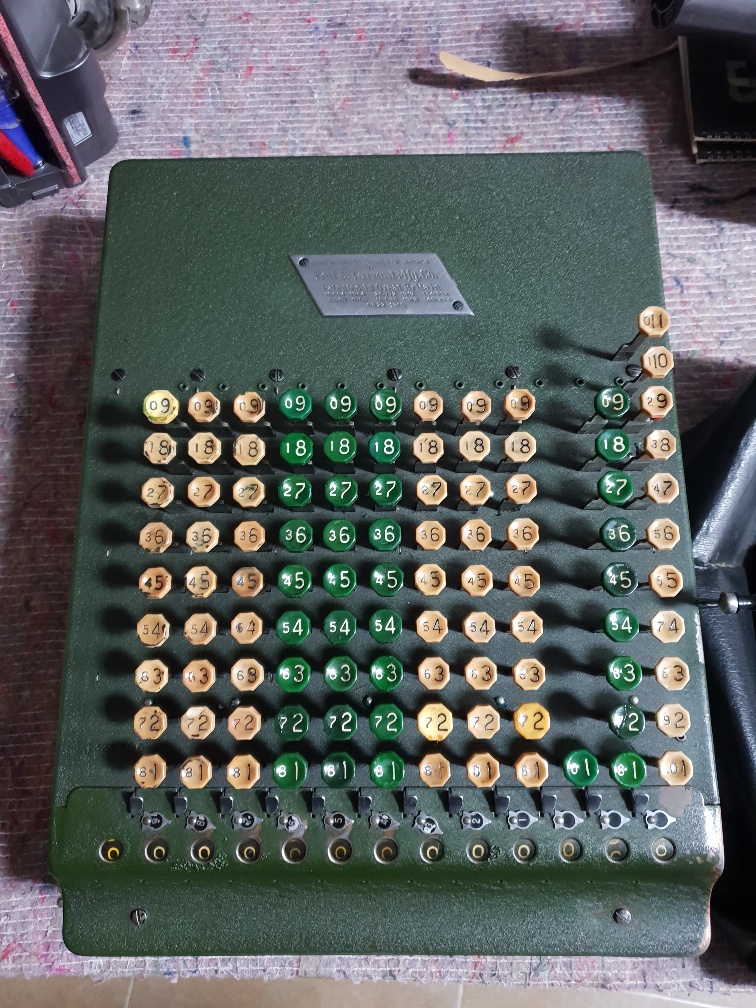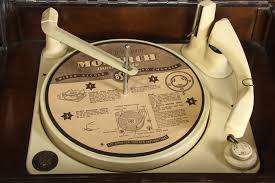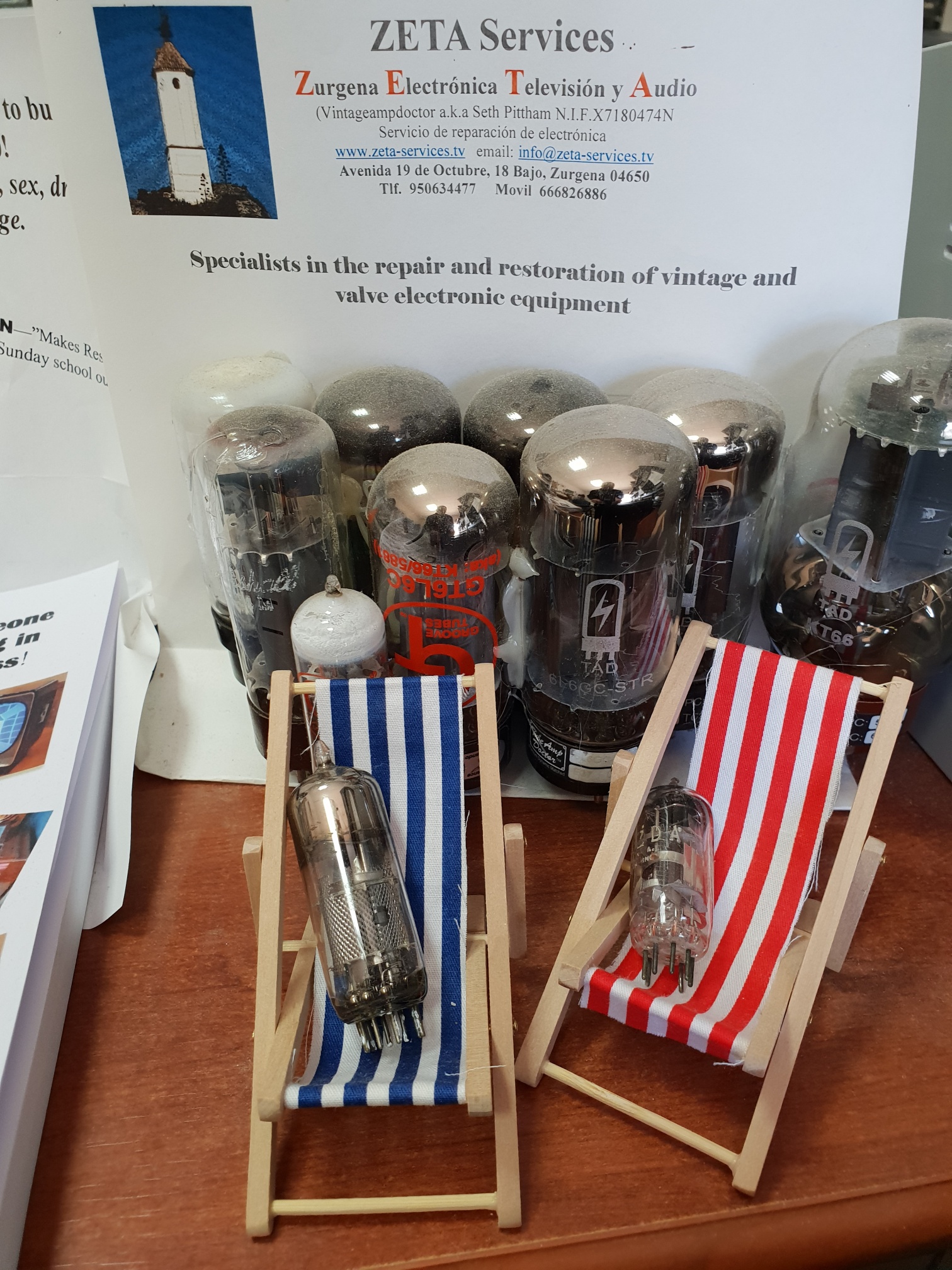
Thos correo de ustedes que leen mis artículos con regularidad, apreciarán que tengo una pasión por la electrónica de época, ingenieros que han estampado su huella en nuestras vidas y que han ido un poco olvidado. He escrito sobre algunos de los héroes del código WW2 romper establecimiento Bletchley Park, Tommy Flores y Gordon Welchman. Bill Tutte es otro buen ejemplo.
Durante los primeros años de la Segunda Guerra Mundial, B.P. concentrado en romper los códigos de cifrado generados por la máquina Enigma. Esto se usó para codificar el código Morse alemán enviado a través de H.F. radio. Los alemanes se dieron cuenta de que usar este sistema era una forma de comunicación lenta y intensiva. Al final de envío, Tenías el operador de la máquina, alguien para leer el mensaje para ser enviado y un chico de radio. Una configuración similar en el extremo receptor. 6 Hombres todo en todo para enviar un mensaje.
El alto mando alemán, alrededor de '41, Comenzó a usar la máquina TelePrinter recientemente inventada para comunicarse con puestos avanzados estratégicos en Europa. La teleprinter era similar a una máquina de escribir eléctrica. Cada personaje, llave, presionado fue enviado y recibido como un "conjunto" único de estrechamente cronometrado 5 pulsos. Esto se conocía como un código de Baudot. Estas máquinas pueden enviar y recibir cientos de caracteres por minuto, mucho más rápido que Morse y usando un operador. Esta señal se envió a través de una red de radio a los diversos centros de comando alemanes alrededor de la Europa ocupada.. A diferencia de Morse, Cada conjunto de caracteres se usó para modular la señal de radio.. Bit como nuestras primeras máquinas de fax. Para revolver esta señal, Se usó una máquina llamada Lorenz SZ40. Esto era como una máquina de enigma pero en velocidad y alimentada con cocaína. B.P. apodado este tunny. El mensaje codificado se generó en forma de una tira de papel donde se perforaron los agujeros que representan a los caracteres.. Una forma rápida y muy segura de cifrar esta señal. O fue?
Bletchley Park comenzó a escuchar esta nueva señal de radio y pronto se dio cuenta de que era un sistema automático sofisticado. Un rompedor de código senior en B.P. John Tiltman, un genio de cifrado, Pronto resolvió que la transmisión fue codificada TelePrinter caracteres y se basó en el sistema CiPher Vernman. B.P había adquirido una máquina Lorenz, pero sin conocer la configuración inicial de la máquina antes de enviar un mensaje, Descansar el código era imposible. Tiltman determinó que cada nuevo mensaje fue procedido por un 12 Conjunto de información de personajes, Detalles sobre cómo establecer el código de la máquina para el trabajo de ese día. Esto atado con el 12 Codificación de ruedas dentro del Lorenz SZ40. La suerte golpeó B.P. Un día, cuando se interceptaron dos transmisiones, uno después del otro. La estación receptora envió un mensaje de respuesta al remitente diciendo "Nicht Bloody Gut", Alemán sin bien. El remitente cometió un pecado que se dice que acortó la guerra. Se molesta el mensaje, sin cambiar la configuración de la rueda (código de cifrado) en la máquina Lorenz. Desde un punto de vista matemático, Esto le dio a B.P. una gran idea de cómo funcionaba el Lorenz. Esto era conocido como un "pez".
El trabajo de resolver la plataforma de cifrado fue otorgada a un matemático brillante llamado Bill Tutte. Cortando una larga historia corta, Guardar el papel de estas revistas, Tutte visualizó un patrón recurrente en la forma en que apareció el mensaje revuelto. Esto le dio una idea de que había un defecto en la forma en que funcionaba el Lorenz.. Todo lo que tenía que hacer ahora era crujir, hablando en general. Pero esto necesitaba energía de la computadora. B.P había desarrollado una máquina llamada Robinson (nombrado en el nombre del loco inventor Heath Robinson), que podría programarse para clasificar y aplicar códigos de cifrado a los mensajes recibidos. Funcionó leyendo las cintas de papel generadas por los teleprinters. sin embargo, no era confiable, relés electromecánico usado y lento para lo que ahora se requería de él. Tutte comenzó a trabajar en estrecha colaboración con un ingeniero de G.P.O, Tommy Flowers (Ver artículo anterior). Flowers sabía que la única forma de crear una máquina lo suficientemente rápido y confiable era usar válvulas en lugar de relés lentos. Tutte y Flowers tuvieron una verdadera batalla con sus superiores en B.P. A las flores se les dijo que las válvulas no eran confiables y, como había una guerra en, Eran escasos. Esto no detuvo las flores y tutte. De hecho, Flowers gastaron su propio dinero en válvulas de segunda mano para crear la primera computadora programable. (terminado 1500 Válvulas en todo!). Una vez configurado con las fórmulas de cifrado de Tutte, digamos y después de muchas horas de ajuste, Coloso Como se hizo conocido, comenzó a descifrar de manera confiable las transmisiones codificadas. Por el estándar de hoy, La máquina fue rápida, Lectura de cintas de papel y 1000 personajes un segundo.
La información descifrada se utilizó cuidadosamente para no alertar a los alemanes sobre su tráfico de teleprinter de alto comando que se lee. Supongo que hubo un defecto fundamental el pensamiento del alemán, en que creían que la máquina Lorenz no podía ser agrietada. El mundo de Hitler no permitió los pensadores libres, personas cuyas mentes operaban de manera que no cumplieran, etc.. El tipo de personas que compensaron B.P. Hitler pensó que la máquina Lorenz era él Y eso fue que. He simplificado mucho esta instantánea de tecnología.!
Se dice que Tutte y su equipo en B.P. Probablemente acortó la Primera Guerra Mundial por 2 años, ahorrando 20 Millones de almas. ¿Estos tipos alguna vez fueron reconocidos por la Gran Bretaña?? No, no precisamente. Tutte fue a trabajar en un par de universidades en Canadá donde él era Premios reconocidos y recibidos por avances en matemáticas estadísticas. Flowers recibió £ 1,000 para cubrir su costo en las válvulas de compra porque la financiación no estaba disponible en ese momento. No cubrió los costos en absoluto. Obtuvo un O.B.E. y un camino, En su London East End, llamado por él, Pero eso fue en 1990. 45 años después de la guerra! Es horrible que muchos de los B.P. Los trabajadores lucharon en la vida posterior. Fuiste encadenado por la Ley de Secretos Oficiales. Si fuera a una entrevista de trabajo, ni siquiera podría mencionar las cosas inteligentes que había hecho.
Así que digo gracias a todos los de B.P. quien trabajaba a puerta cerrada, dándonos la libertad que tenemos hoy y salvando innumerables vidas. También agradeceré a mi abuelo, George Parker. Era bombero en la guerra, Él también salvó vidas! Y, Me entusiasma en electrónica.









Escuchar escuchar, un gran ejército no reconocido de héroes que, agradecidamente, fueron reconocidos por tener un conjunto de habilidades que pudieron emplear para avanzar en la guerra sin "ir al frente" y luchar. Es un escándalo que tantos hayan ido a sus tumbas sin ser reconocidos. Algunas historias increíbles de esposos y esposas sin saber que cada una trabajaba en BP durante la guerra. Gran blog sp.